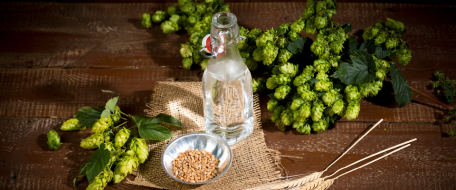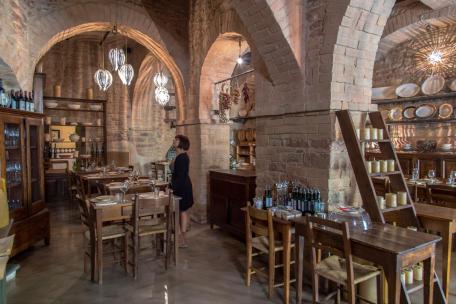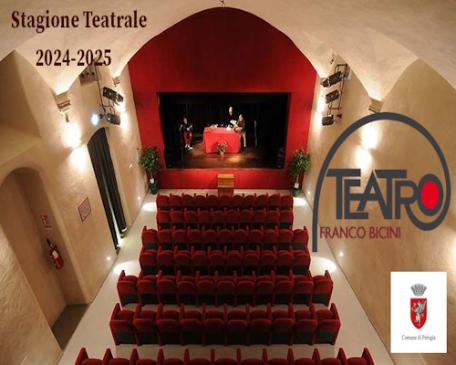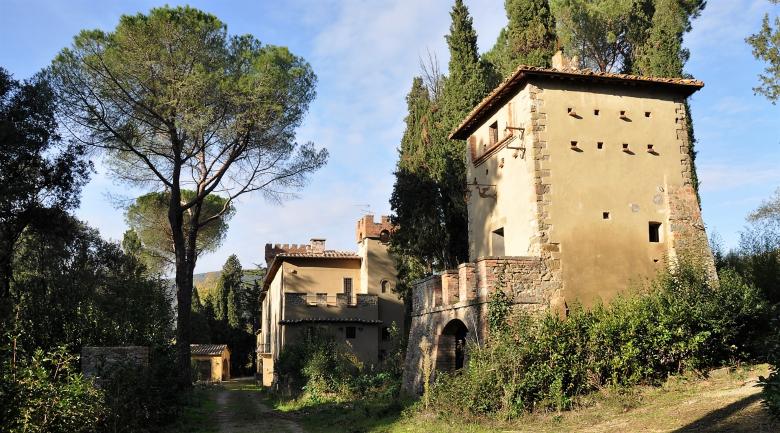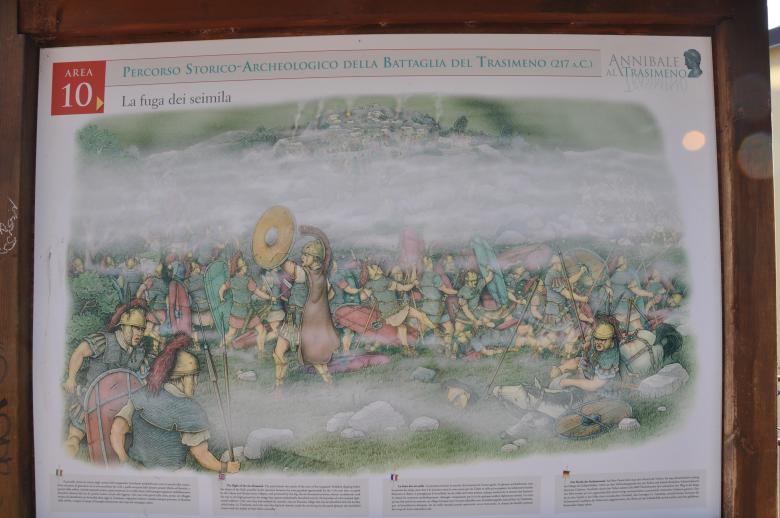Lake Trasimeno Carp
(Photo Credits: Albergo Ristorante da Settimio)
The LakeTrasimeno Carp, also known as the “carpa regina” (queen carp), is a freshwater fish that is highly valued for its firm and tasty flesh. Recognised as a “historic fish” by the Region, it plays a central role in local fishing and fish farming and is a key ingredient in the area's traditional cuisine.
It inhabits the lake’s depths, preferring muddy areas rich in aquatic vegetation. It is a particularly cautious and selective fish, making its capture a challenge for fishing enthusiasts. Its activity increases with rising temperatures, making it more active especially in spring and summer, when it becomes more inclined to feed on bait.
History and tradition
Originally from the Danube basin, the carp has been present in Italy since Roman times. It was introduced to Lake Trasimeno in 1710, with the transfer of twenty-six specimens from Lake Bracciano. Considered native until the 1960s, it found an ideal habitat in Lake Trasimeno, becoming an integral part of the lake's ecosystem and local culture.
In local cuisine
The Lake Trasimeno Carp is at the heart of many culinary preparations that enhance its bold flavour. It can be grilled, stewed or roasted, but its most famous recipe is undoubtedly the “regina in porchetta”, a signature dish of the lake’s gastronomy. In this preparation, the carp is stuffed with a mixture of minced lard, wild fennel, garlic, pepper, lemon and aromatic herbs such as sage and rosemary, then slowly oven-roasted to achieve a rich, aromatic flavour.
Its roe, known locally as ‘Caviale del Trasimeno’ (Caviar of Lake Trasimeno), is also highly prized and often used in the preparation of crostini and sauces for pasta dishes.
Living on the lakebed, the queen carp can have a more intense flavour than other freshwater fish. To bring out its best flavour, it is recommended to rinse it thoroughly with water and vinegar before cooking.














